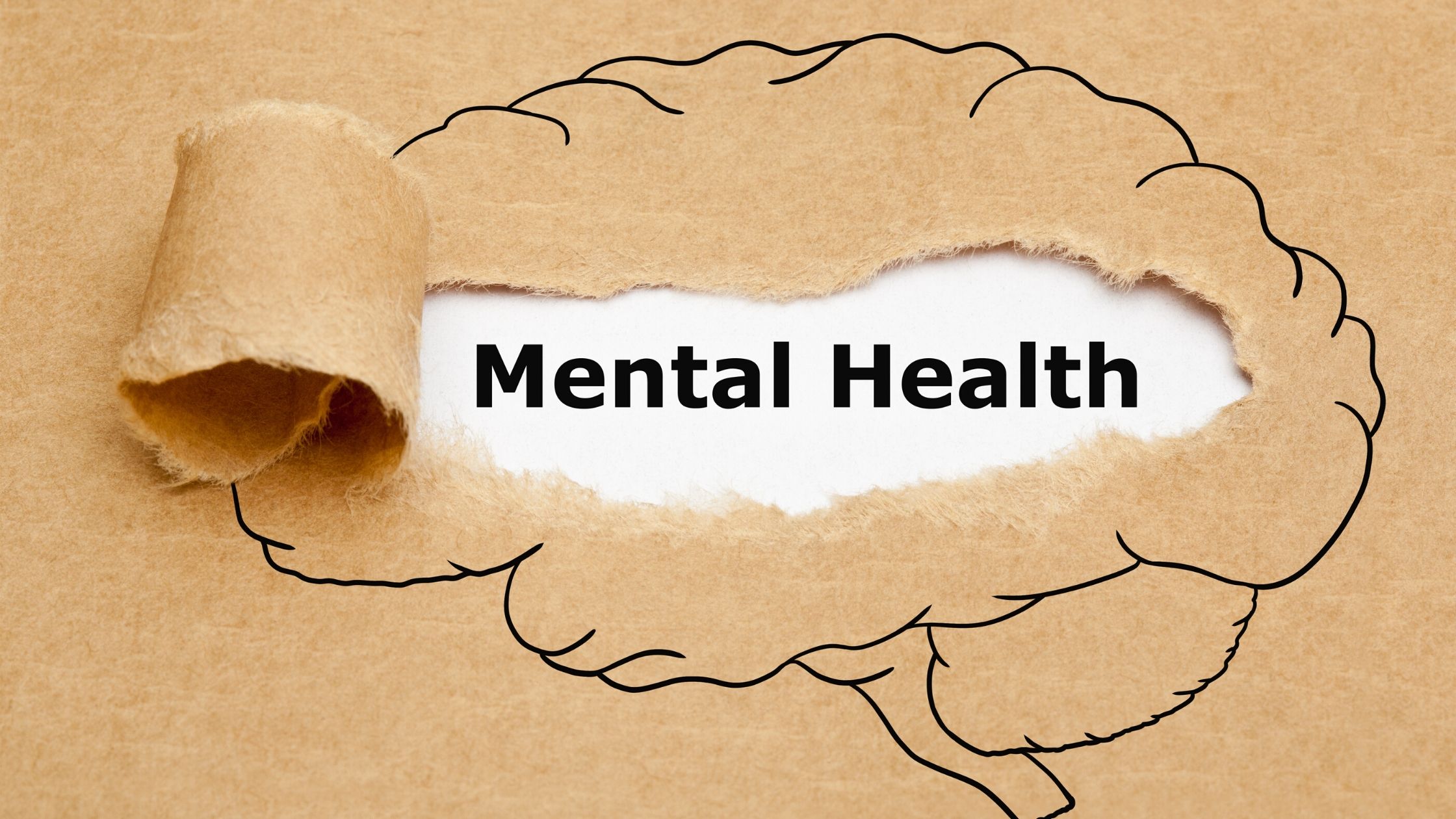At first, I didn’t know what to make of John Fitzgerald. He’s softly spoken and quite unlike anyone else that I’ve met working for WorkSafe NZ. I think this is a good thing. He’s heading a team that is going to focus on how to manage psychosocial hazards and create mentally healthy workplaces in New Zealand. He outlined some of his ideas for the future in his NZISM WORKSAFE: MENTALLY HEALTHY WORK webinar.
Who is John Fitzgerald?
Fitzgerald is a NZ Registered Psychologist and has worked in multiple disciplines including adult mental health, alcohol and drug services, and child and family psychological health. He’s also been a Senior Lecturer in Clinical Psychology at Massey University. In short, he’s seen a lot and knows what the worst of the worst can look like.
What are Psychosocial Hazards?
The technical definition of a psychosocial hazard is “an occupational hazard that affects the psychological and physical wellbeing of workers, including their ability to participate in a work environment among other people.”
The list of physical and psychological illnesses that can occur because of psychosocial hazards includes (but are not limited too): occupational burnout, anxiety disorders, depression, PTSD, workplace violence, fatigue, hypertension, and cardiovascular disease.
Why are Psychosocial Hazards Important?
According to WorkSafe NZ’s statistics, approximately 17% of workplace absenteeism is due to mental health issues. This combined with ‘presenteeism’ (when a worker is at work but not performing role) means that mental health issues cost New Zealand business around $16 billion a year.
Why are Psychosocial Hazards Confusing?
Under the Health and Safety at Work Act 2015 employers (PCBU’s) are expected to take all practicable steps to reduce the risk of both physical AND mental harm to workers. The challenge is that a mix of factors are combined to create a psychosocial hazard. These include the specific duties associated with a role, the culture and context of the organisation, and a worker’s risk factors (for example, do they have pre-existing mental health issues).
Employers are expected to identify ‘mental ill-health outcomes’ that arise in their workplace and help build worker resilience so their team can better cope with pressure…. even when they don’t understand what this means and what it’s supposed to look like.
The Healthy Work’: Ten-Year Strategic Plan for Work-Related Health states that WorkSafe will engage with industry, educate employers and enforce the duties imposed under the act associated with psychosocial hazards. Until now, WorkSafe has not had the resources to do this, and the general public are mystified by the handling of various high-profile incidents, such as the infamous Russell McVeigh debacle.
Unfortunately, the lines between employment law, health and safety legislation, and the role of the human rights commission have been blurred. Court precedents have not been definitive as each decision is based on a complicated set of circumstances that would be hard to replicate. And, the ‘best practice guidelines’ provided by the Ministry of Health, NZ Police, WorkSafe, the Human Rights Commission, and the Ministry of Business and Innovation do not always align. This can be mind-numbingly confusing for employers who are genuinely trying to do the right thing.
What’s the Plan?
There have already been some impressive initiatives rolled out over the last three years. These include suicide prevention programmes (Mates in Construction is my favourite), managing stress and fatigue, managing bullying, and what to do when domestic violence becomes a problem in the workplace. Although these resources are freely available, employers still don’t know HOW to deploy them, for example, most site Hazard Registers still don’t mention psychosocial hazards.
Fitzgerald and his team somehow need to develop initiatives to:
- Improve awareness, attitudes and behaviours associated with work-related health
- Reduce work-related health risks managed better and exposures to health hazards
- Ensure fewer people experience work-related ill-health.
What can you do right now?
If you want to get your head around psychosocial hazards in your workplace, have a look at:
Ministry of Health: COVID-19: Mental health and wellbeing resources
WorkSafe:
- Fatigue: Advice for small business owners
- Fatigue Quick Guide
- Health risks guidance for business leaders
- Healthy Work: Managing stress and fatigue in the workplace
- Preventing and Responding to Bullying at work: Advice for small businesses
- Violence at work: Customer service areas
- Work-related health updates: Health isn’t just physical
- WorkSafe: ‘Healthy Work’: Ten-Year Strategic Plan for Work-Related Health.
Employment NZ
Human Rights Commission
- The A-Z Pre-Employment Guide for employers & employees
- ‘The Business of Human Rights’
- Introducing the Guiding Principles that every business needs to know about
- Breaking through – Young people at work
As always, if you have any thoughts on psychosocial hazards or anything to add to this blog, please call me on 0272 007 680 or email sarah@employmenow.co.nz.
